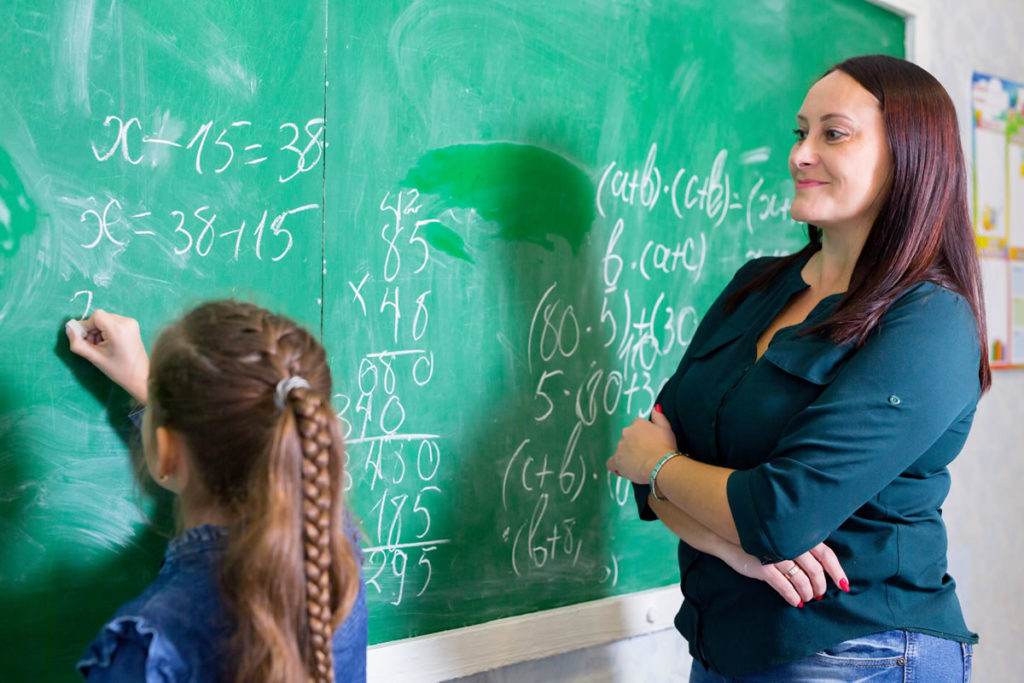Dyscalculia is a learning disorder that affects some children, which does not allow them to understand mathematical concepts or face correct numerical processing, that is, children affected by dyscalculia do not have a natural learning of mathematics like the rest of children. However, this should not be confused with attention problems, intellectual deficits, or deficiencies in learning instruction, which are the most common causes of poor math grades .
Therefore, it is first necessary to rule out these possible causes and then focus on investigating whether the child has dyscalculia or not, and for this reason, in this article we will address the most important aspects that every teacher should know about this dysfunction.
What is dyscalculia?
Dyscalculia is a type of calculation disorder that occurs in some children and manifests with difficulty understanding number symbols and performing mathematical calculations, especially multiplication and division, as well as basic mathematics in younger children. This specific disorder or learning dysfunction, which can present significant mathematical difficulties , has been compared to dyslexia (impaired ability to read), so it could be said that it is its counterpart in the world of mathematics.
Most important aspects of dyscalculia
- It is more common than people think, estimating that it can affect up to 8% of the population.
- It can be more easily concealed in children with high intellectual levels.
- This disorder is not detected as quickly as it should be, because there is no emphasis on numerical education before compulsory schooling.
- Dyscalculia can be seen in some common situations related to mathematics and learning difficulties, for example, when the child has difficulty pointing out the place where there are more elements, or when successfully coping with mental calculation, or also when they will use their fingers to count , or to understand phrases or concepts related to mathematics such as “less than”.
- It can also be detected when a child continues to use their fingers in advanced math courses.
- Children with dyscalculia easily forget mathematical procedures that they become very proficient after being properly explained. This may be due to their difficulty in understanding the logic behind the procedure .
- Learning the multiplication tables can seem like a challenge. Although they learn them easily, they tend to forget them just as quickly.
- In everyday life, older children, even in secondary school, can get confused or find problems when it comes to giving or receiving “turns”, handling money or when telling and telling the time to others. Children with dyscalculia fail to notice mathematical errors that are very evident when making an account.
- Dyscalculia is not something that can be cured right now, but it can be treated.
- Children with dyscalculia should be under the special supervision of their teacher, their parents, a psychologist and a speech therapist with knowledge of this dysfunction.
Consequences of not detecting or treating dyscalculia early
It is important that both teachers and parents are attentive to the child’s development in learning mathematics. When dyscalculia is not detected in time it can affect children, creating situations and feelings of inferiority and frustration , also affecting their emotional level and self-esteem. A child not properly diagnosed with dyscalculia will associate his condition with other aspects such as clumsiness or laziness, and this will cause him to move away more and more from mathematics and subjects that require numerical ability. Even if the problem is not properly understood, the child in question could come to think that they have difficulties learning and studying any subject, which would most likely lead to rejection of school in general.












































































































